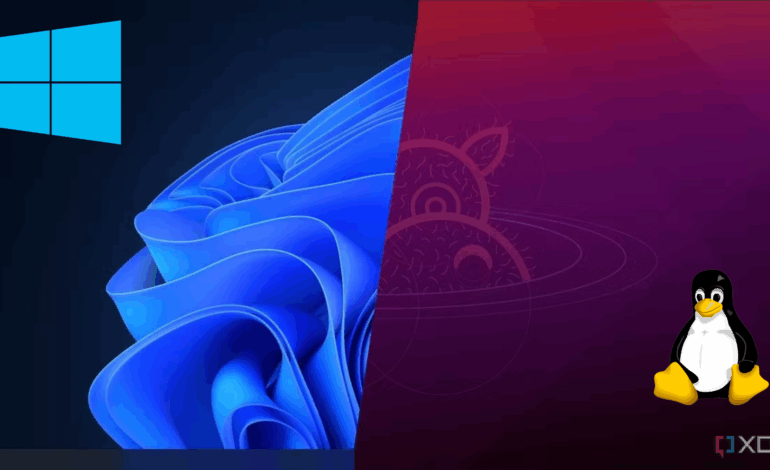Windows Users Shift to Linux: Four Key Reasons Behind the Trend

The once-unwavering dominance of Windows as the leading desktop operating system is facing challenges as users increasingly consider switching to Linux. Many Windows 11 users express dissatisfaction with the platform’s growing bloat, intrusive advertisements, lack of privacy transparency, and inconsistent user interface. If Microsoft aims to retain its user base, addressing these concerns is essential.
Addressing Bloat and User Control
Windows 7 is often remembered as the last version that felt fresh upon installation, with minimal unnecessary applications. In contrast, each subsequent version has introduced additional bloat that many users find frustrating. Pre-installed apps such as TikTok and Candy Crush have elicited widespread disdain. Users want the freedom to choose what is installed on their devices, a choice that Linux distributions offer.
Linux can be tailored to individual preferences, allowing users to opt for minimal installations or select from a range of applications during setup. This flexibility presents a stark contrast to Windows, where the installation process often includes unwanted software. A straightforward “clean install” or custom setup option for Windows would alleviate much of the frustration surrounding bloatware.
Reducing Advertisements and Enhancing Privacy
In addition to bloat, the presence of advertisements in Windows has become increasingly intrusive. Users find it disheartening to encounter ads not just online, but within local applications like File Explorer and the Settings app. The emergence of ads in these contexts detracts from the user experience, leading many to seek alternatives like Linux, which is free from such distractions. A simple toggle to eliminate ads from Windows would demonstrate a commitment to a better user experience.
Privacy concerns also loom large for many Windows users. Although it is possible to opt out of some data collection during setup, significant data is still sent to Microsoft. The controversy surrounding Microsoft’s Recall service further eroded trust, as users uncovered serious security vulnerabilities. In contrast, most Linux distributions allow users to easily opt out of telemetry data collection. Implementing a global “Lockdown Mode” in Windows could help restore user trust by disabling all telemetry features.
Improving User Interface Consistency
Despite improvements in user experience with Windows 10 and 11, the overall interface remains inconsistent. The disparity between the Settings app and the traditional Control Panel can confuse users, particularly those unfamiliar with the system. This inconsistency can lead to frustration, especially when navigating essential functions.
While Linux distributions may also vary in design, users typically experience a more unified interface once they select a particular environment. This consistency simplifies customization and usage. For Windows, streamlining the interface by either enhancing the Settings app or consolidating it with the Control Panel would eliminate confusion.
Microsoft does not need to replicate Linux to appease its users; rather, it must embrace the values of choice, clarity, and control. By providing options for clean installations, reducing advertisements, enhancing privacy measures, and ensuring a consistent user interface, Microsoft can prevent users from seeking alternatives and maintain its place in the competitive operating system landscape.






